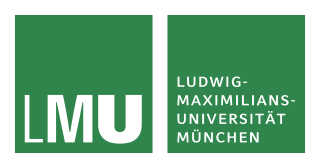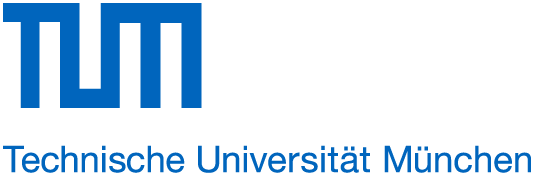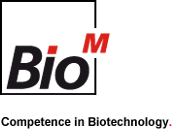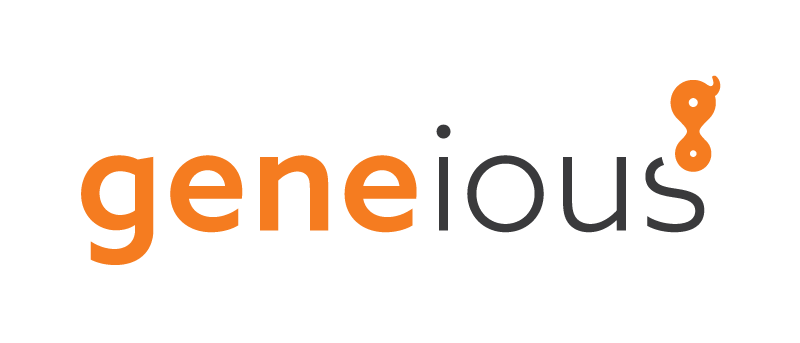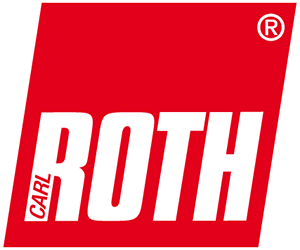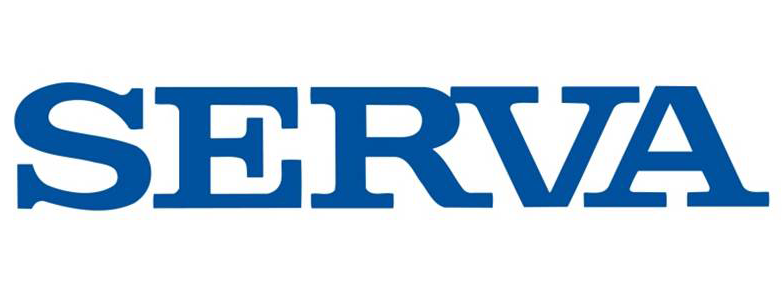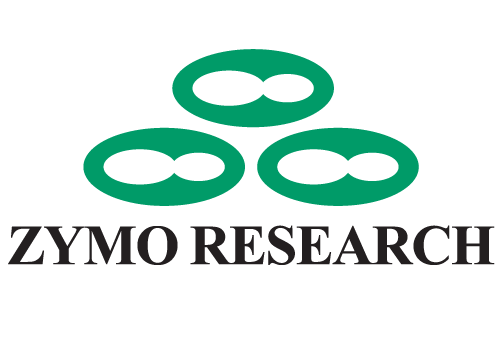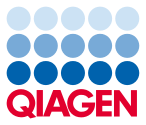Abstract: BiotINK – Rethink tissueprinting
In the present decade, the possibilities enabled by 3D printing and scanning have led to an industrial revolution in
prototyping, the production industry as well as in households. Foreseeably, this new way of simple, tailored fabrication
will have an enormous impact when applied to the fields of personalized medicine and synthetic biology. Bio-printing
has potential to meet the huge global demand for replacement organs and therefore greatly increase life quality of
elderly people.
Successful development of Bioprinting requires a very interdisciplinary team for a harmonized development, including: i) Bioprinters with special print heads, ii) BioInk composed of proteins providingmechanical stability and iii) cells that need
to be understood, engineered and adapted, by means of Synthetic Biology.
We will transform an affordable household 3D printer into a bioprinter for Synthetic Biology applications. This includes engineering a printhead for bioprinting and adapting the 3D printer software through which bioprinters will be made accessible for a broad scientific community.
Additionally, our team has developed a new BioInk that is based on a specific interaction of proteins. The challenge is
to develop a BioInk that stays fluid in the printhead and will rapidly assemble when printed, providing mechanic
stability. Our new approach utilizes the affinity between biotin and the biotin-binding proteins streptavidin and avidin
- the strongest non-covalent interaction in biology. In employing this tight molecular interaction, our team has
designed an innovative dual-component “protein glue” (BioInk) that opens unknown possibilities for the field of
bioprinting.
For the third main field, we will use genetically engineered cells for bioprinting. We have engineered tunable cellular
membrane proteins that allow the cells to interact with the surrounding matrix formed by our new BioInk. Following
this, we will engineer functions into our printed cells that allow the printed tissue to be employed for the treatment
of different diseases. As a controlled release of these chosen therapeutic proteins, we also used existing knowledge on optigenetics to render production of these therapeutic proteins inducible by illuminating the therapeutic implant
with a tissue-penetrating lamp.
Sponsors
